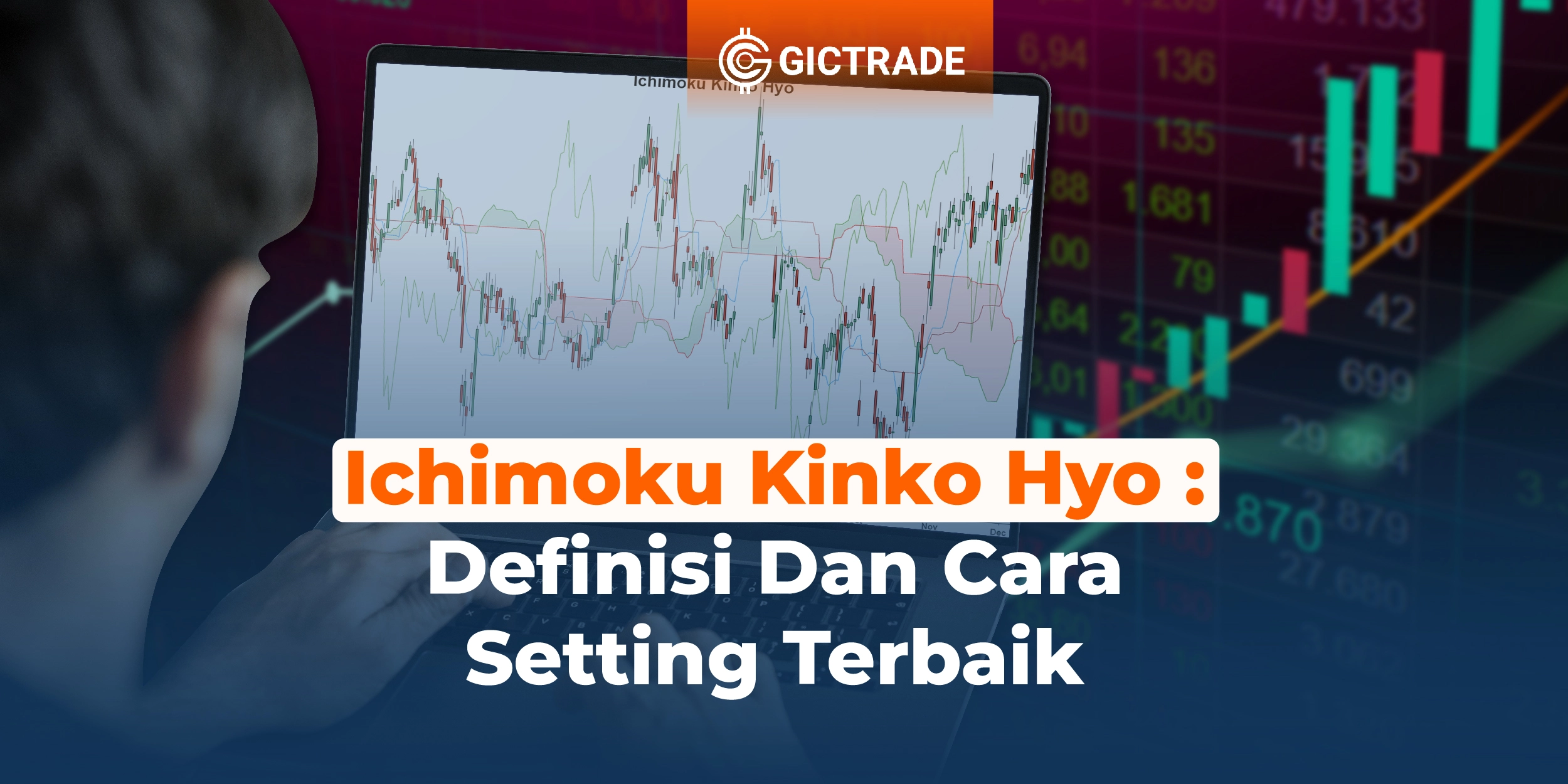What is the Ichimoku Cloud Indicator?
Ichimoku Kinko Hyo or can also be abbreviated as ichimoku is an indicator used for forex trading to measure momentum simultaneously with future support and resistance areas. This indicator consists of 5 lines called komu, tenkan-sen, kijun-sen, senkou span A, and senkou span B. The ichimoku indicator was first designed by a Japanese journalist, Goichi Hosoda in the late 1930s. Hosoda spent 30 years perfecting the indicator before finally releasing it to the public. The Japanese phrase Ichimoku itself means "balance chart in one glance". Ichimoku is the only indicator that is right to describe the forecast, although traders often rely on support lines and channels when trading.
The formation of chart patterns and candlesticks greatly assists the use of the Ichimoku indicator in making a successful profit. The Ichimoku indicator is very popular among Japanese forex traders using several parts of Target Price, Time Theory, to Wave Movement Theory. Unlike other indicators, Ichimoku considers time more than just looking at the price. Of course this gives traders a number of advantages such as making a lot of money regularly.
Table of Contents

Using the Ichimoku Indicator
The best ichimoku strategy or setting in trading using the ichimoku indicator can help you to know the warning of buy or sell signals. This is used because it is able to recognize the direction and momentum contained in the trend. The ichimoku indicator is also very useful for traders who want to determine the point of stop-loss, to the support level. In general, you can use this indicator by using several trading strategies below:
- Determine Trend Direction
Determining the trend direction is one way for traders to know where the trend will move through the ichimoku base line and conversion signals. When the conversion line is above the line, a positive trend must be anticipated. However, if the trend direction is opposite or negative, the base line is expected to be above the conversion line.
- Support dan Resistance
Identified by the leading span A and the B line which act as the edges of the ichimoku indicator. The indicator provides price predictions for traders, and the cloud edge also provides an overview of current and future support and resistance levels.
- Determine Crossovers
The strategy of determining the crossover means that you are required to look for the crossover between the baseline and the conversion line. Keep in mind that you have to pay attention to the location of the crossover so that you can determine its strength. This depends on the type of crossover, whether it is above the cloud, inside, the signal is weak, neutral or strong.
- Awan Ichimoku (ichimoku cloud)
Ichimoku cloud can be seen through the leading span A and B, more precisely the position on the line and cloud. A bullish trend is likely to appear when the leading span A is above the span B line (bullish kumo). While the bearish trend can be recognized when the leading span A is below the span B (bearish cloud). A trend reversal can be seen when the leading span A and B change position. You can determine the strength of the trend by looking at the angle of the ichimoku cloud where the angle is in a sharp upward or downward position indicating a strong trend.
Become an Expert Trader Now Just By Downloading This App!
5 Ichimoku Kinko Hyo Indicators
As explained earlier, Ichimoku Kinko Hyo is used to identify trend direction. It is also used to determine support and resistance accurately. Below are the indicators owned by Ichimoku that you should know when trading:
- Tenkan Sen Line
Traders also often refer to this line as the conversion line where the line represents the midpoint of the last 9 candles. The way to calculate this line is by adding each of the 9 high and low periods then dividing the result by two. ((9 low periods + 9 high periods):2).
- Kijun Sen Line
It is also often called the baseline which represents the midpoint of the last 26 candles. The formula for getting this line is the same as the tenkan sen line formula, but each period number is 26. ((26 lowest period + 26 highest period): 2).
- Senkou Span A
Often referred to as Leading Span A, this indicator on ichimoku is used to represent one of the 2 cloud boundaries which are the midpoints of the tenkan sen and kijun sen lines. The formula for calculating this indicator is to add the two tenkan sen and kijun sen line indicators, then divide by two. The plot value used by this indicator is 26 periods.
- Senkou Span B
Senkou Span B or known as Leading Span B is an indicator that represents the second cloud boundary and the midpoint of the last 52 candles.
- Cloud (Komu)
The cloud is formed based on the color between the other two indicator spaces. The cloud border forms the current and future support and resistance. There are thick and small clouds to distinguish this indicator.
Thick clouds indicate large price changes over a certain period, while small clouds imply support or resistance.
Above is information about ichimoku kinko hyo. Keep updating the latest information through the GIC journal which will be announced every day. You can also trade on the GICTrade application with its latest feature, an ECN account, enjoy the advantages of the latest features with the lowest spread starting from 0!
 Last:
Last: 







